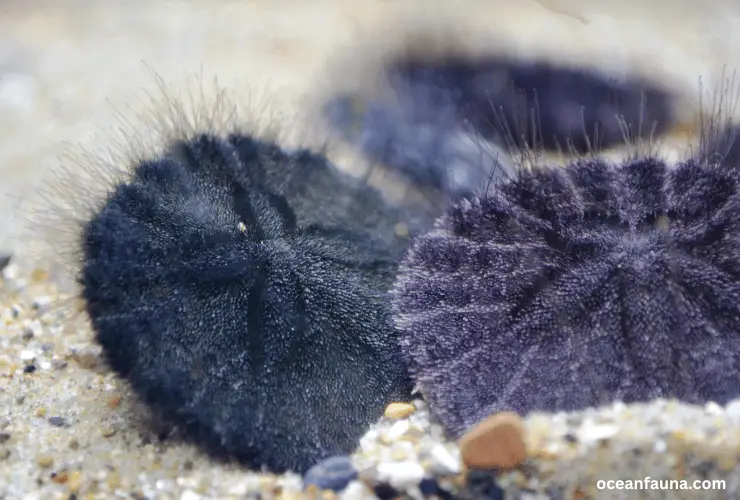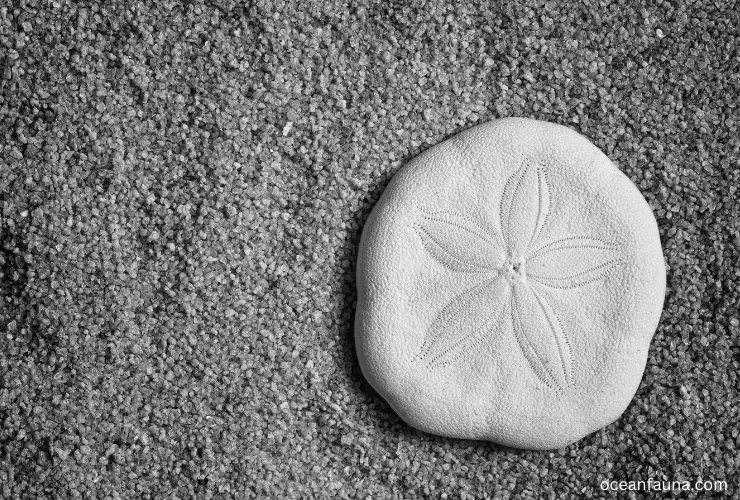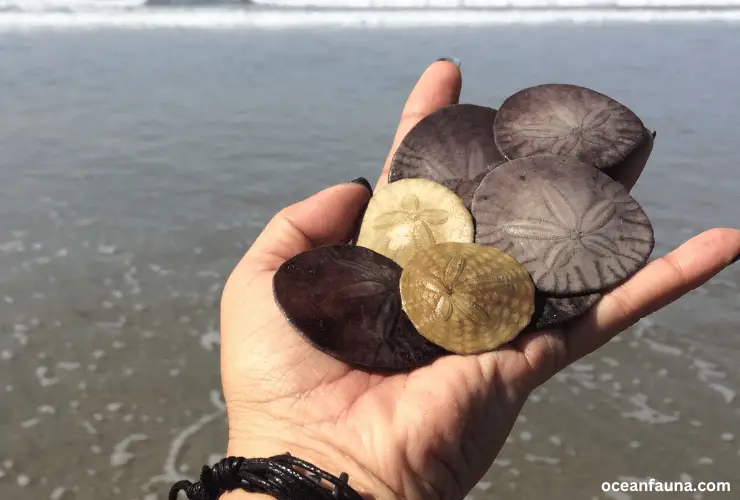Yes! Sand Dollars feel pain. They have sensory receptors present in the body that help them sense pain. However, due to the absence of a well-developed brain, it doesn’t produce any sound response to it.
Apart from sand dollars, various other echinoderms feel pain, and some even show a response. Now, let’s buckle down through the details and find how sand dollars feel pain.
Do Sand Dollars Feel Pain?
Yes!
Initially, it was thought that all invertebrates, including sand dollars, lack a centralized brain and therefore don’t feel pain.
Recently, it has been proved that some invertebrates, including sand dollars, have unique nociception and pain-conveying pathways. However, the pathway of conduction and mode of reaction is quite different from that of humans.
How Do Sand Dollars Feel Pain?
Although zoologists have discovered that sand dollars feel pain, little is known about its mechanism. A lot more is yet to unravel.
Till now, they have found sensory receptors on the body of sand dollars. However, out of the seven types of sensory receptors, which are present in sand dollars is yet to be discovered. They believe that touch and pain receptors are distributed throughout the body.

Another problem is that sensation of pain and response to it is linked with the presence of a centralized brain containing the prefrontal cortex. However, no such evolution took place by the time of Phylum Echinodermata.
They only have a net of interconnecting neurons. That is why, even though sand dollars perceive the sensation of pain, they fail to show a response.
Do All Echinoderms Feel Pain?
No!
Not all echinoderms feel pain. The pain sensation is linked with the presence of the brain and nociceptors in the body. Nociceptors are pain receptors that carry the signals of intense pain to the brain.
Then the brain interprets them and produces a response. However, echinoderms have a nerve net mostly or a reduced brain; no response has been observed against pain.
So, only those echinoderms which have sensory pain receptors present in their body can feel pain. Others don’t.
For example, sea stars, starfish, and sand dollars feel pain.
However, sea urchins don’t feel pain.
Do Sand Dollars Have Receptors?
Yes!
Sand dollars have different receptors on their test and body in all the development phases.
Juvenile and adult sand dollars are known to have sensory receptors on the rims of their primary podia. So, every time you touch them, they know it. Similarly, the tube feet of sand dollars contain tactile receptors that help stimulate mechanical response and capture food.
Lastly, they have chemoreceptors that help them become aware of approaching predators.
Similarly, when a sand dollar is in the larva stage, it has chemoreceptors. These chemoreceptors help them recognize pheromones of predators and clone themselves before getting preyed upon.
Can You Break Live Sand Dollars?
Yes, you can break a live sand dollar. But as soon as you break sand dollars, they will die out. Moreover, they will get hurt since they have the sensation of pain.
Therefore, always touch sand dollars softly, and try not to break a live sand dollar.
Is It good to Take Sand Dollars Off the Beach?
Can you take sand dollars off the beach? It depends on whether the dollar is alive or dead. If the Sand Dollar is alive, it is better not to take them off the coast. In fact, in some areas like Florida and California, it is illegal to take an alive sand dollar.

However, if you are sure that the sand dollar is dead, you can take one.
Here is how you can know if the Sand Dollar is alive or dead.
Hold the sand dollar in your hand. If it
- Releases echinochrome, it is alive
- Moves, it is alive
- Gray or purplish in color, it is alive
Conclusion
Sand dollars feel pain. However, they fail to produce a response due to the absence of a centralized nervous system.
Many other echinoderms and invertebrates feel pain, and some even show immediate responses.
Sand dollars contain sensory receptors that help them feel touch and pain. However, little research has been done on the receptors in sand dollars, and much more is yet to unravel.

